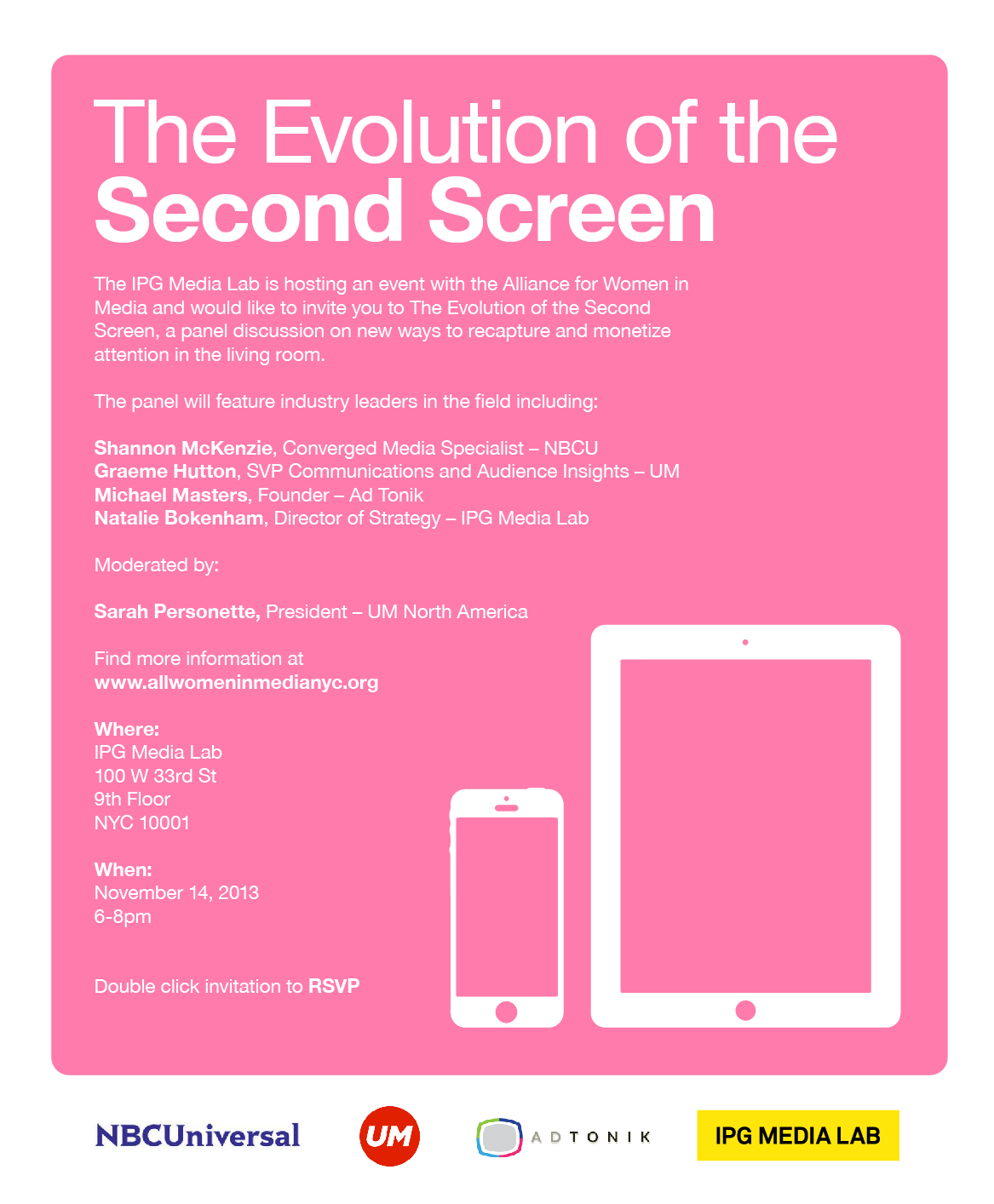There are plenty of homeowners who would love to nurture a luscious garden in their backyard. But even the thought of adding this responsibility to their already overflowing agenda (rise, make coffee and breakfast for the kids, get everyone out the door before 7 a.m., work all day and then conjure up a dinner from somewhere) can be exhausting.
But what if a system could be set up that starts your coffee brewing at 5:45 a.m., sets the sprinklers off at 6, alerts you when the kids are actually up (not just hitting the snooze button), and securely locks the door for you on the way out of the house? What if it could inform you when the kids are home, remind them to complete their homework, and alert you when they have?
What if that same system could tell you when it’s time to move the plants to the garage for the winter and turn on the solar panel at 6 every morning and turning it off again at 6 every evening? What if it was smart enough to direct the fan at certain plants and not others, controlling the air conditioning for optimal growth? Daily busywork would be reduced, removing a lot of hassle from homeowner obligations.
Thanks to Smartthings and Qualcomm Allseen, all this and more is possible, and much sooner than we think. Indeed, as CNNMoney notes, home automation systems already exist and have for decades. But it’s Smartthing’s affordable price tag that takes the next step towards connected homes for all. Smartthings aims to actualize this vision by creating a user-controlled, Smartphone-compatible system of sensors placed throughout the home. The Smartphone notifies the homeowner when programmed tasks are completed.
But for the connected home to be successful, platforms and technologies need to be unified. This is where Qualcomm Allseen comes in. The Allseen Alliance consists of 23 companies who’ve agreed to use the source code from Qualcomm’s AllJoyn protocol to program automated products that can communicate with each other, even though they come from different brands. Users won’t need to pair their devices through Wi-Fi or Bluetooth either, because AllJoyn will pair devices automatically, according to The Verge.
The Alliance strives to transform the developing Internet of Things into the Internet of Everything, “built upon an open, universal development framework and supported by a vibrant ecosystem and thriving technical community.” Some beloved brands to join the alliance so far include Panasonic, LG and HTC.


